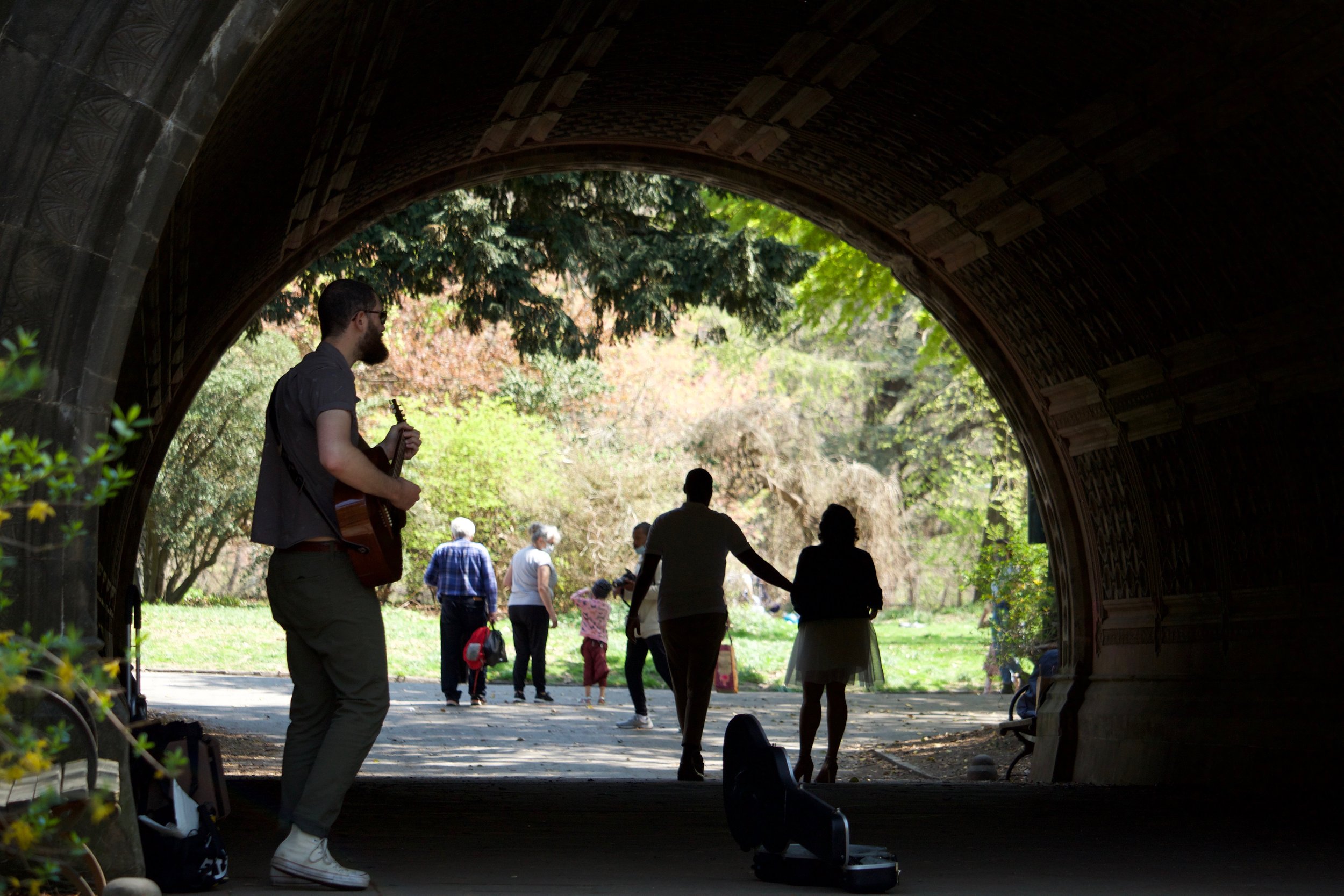We need to really see each other.
Our world is hurting. COVID-19 didn't make that so, but it has helped to expose our underlying realities and pain. We need to give and receive compassion in this difficult time. Jesus in the Gospels was often moved with great compassion, and there was a pattern to it.
He really saw people, often in ways that others ignored and didn’t have time for. He allowed those He saw to affect him. Their pain, need, or spiritual sickness, would move him to compassion. And then he would take action.
We can practice compassion in a similar way. Practice seeing others. Allow their pain and need to move us. Take action.
Compassion doesn’t remove us from the human condition or put us in an elevated place where we are meeting needs without experiencing need ourselves. Instead it is a time to remember our shared humanity and place of deep need along with our neighbors. But we can give out of the supply of grace we have received from God even if we feel we do not have much materially.
Here are some places we can begin and continue to practice compassion in this season.
“The world is a competitive place. We compete over resources, opportunities, education, jobs, relationships, and the basic necessities of life. In the process it becomes patently obvious that life in this world can be a cutthroat business that inflicts an incredible amount of pain. Daily we rub shoulders with the “walking wounded.” Sometimes these wounds come from others; sometimes they are self inflicted; sometimes they come from abusive competitive systems. No matter how the injuries occur, suffering people need to meet the compassion of Jesus.
Jesus showed compassion to outcasts, prostitutes, IRS agents, crowds, beggars, women, foreigners as well as those with communicable diseases. He saw the people that others overlooked. And he was quick to feel for them rather than label them as lazy, promiscuous, self-destructive or a “piece of work.” When a neglectful religious leader passed judgment on a woman he didn't know, Jesus said to him, “Simon, do you see this woman?” (Luke 7:44). Simon saw only appearances. He didn't feel for the woman because he did not see her. Jesus really sees the hungry, the poor, the grieving, physically impaired, the mentally deranged, the demonically oppressed, and the culturally marginalized. And what he sees moves him to compassion but it doesn't stop there. For Jesus, compassion was a call to action, to healing, and to restoration.
The early church took Jesus’ example of compassion very seriously. History recounts how the infant church shocked the Roman world with its compassion for others in the midst of plagues, war and persecution. Some historians claim that the compassion of Christians was the only reason why Roman religion gave way to Christianity within the space of three hundred years.
Christ is still longing to touch this suffering world through the compassion of his church, and his apprentices are people of compassion. They know that labels don't help people change. They believe that love always has hands and feet.
It is our choices that will reveal whether the church today becomes known as a wellspring of compassion or a place where no one particularly cares.” —Adele Ahlberg Calhoun, Spiritual Disciplines Handbook
Additional Reading
When Helping Hurts by Steve Corbett and Brian Fikkert
Spiritual Disciplines Handbook by Adele Ahlberg Calhoun

















